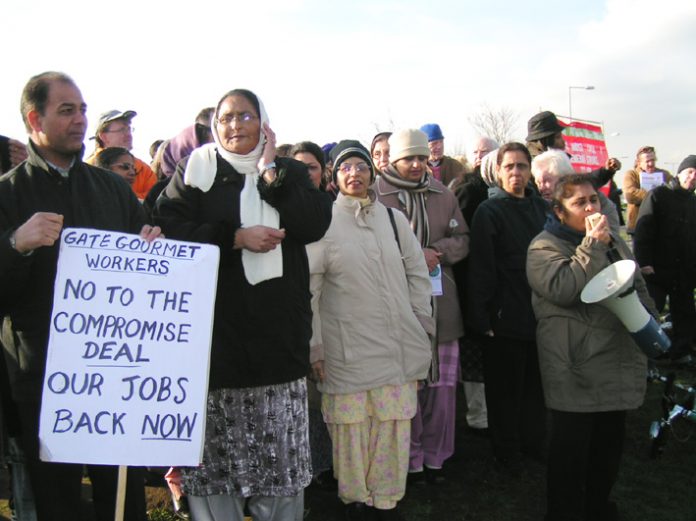
THE Department of Health’s (DoH) electronic ‘Choose and Book’ programme, is being introduced supposedly to facilitate a ‘patient choice’ of hospital.
The procedures to be followed and huge IT programme, called ‘choose and book’, is aimed at driving patients into having their treatments in private centres and taking the referral system out of the hands of doctors, the health experts.
The propaganda says that the patient is to choose the time and place of their outpatient appointment and their operation.
According to the DoH, from January 1, 2006 there should be a choice of four or five providers, which must include the private sector.
In fact, the GP to Consultant referral system traditional in the NHS is being replaced by a government directed scheme whereby a health service administrator, armed with star charts etc ‘helps’ the patient make a decision where to go for treatment.
It is a government scam to divert National Health Service (NHS) patients into the private sector and actually remove patient choice.
It takes away the choice of the patient to attend their local hospital, because it imposes a waiting time target, with which the local hospital may not be able to comply – a 13-week wait between GP referral and outpatient appointment and six months from GP referral to time of surgery.
By imposing these arbitrary waiting time targets, and removing the ability of the patient to choose to wait longer than this, for the local hospital (the local hospital simply disappears from the choice menu), the patient finds that their only choice is providers that can offer a date within these targets.
The government’s current policy of huge NHS funding cuts (£1bn) to Primary Care Trusts (PCTs) and Hospital Trusts, means that the ability of the hospitals to offer appointments within the waiting time is getting more and more difficult.
One thousand NHS beds and 8,000 jobs have been lost in the last six months.
Many operating theatres have closed. reducing the NHS’s ability to offer six-month waiting times for surgery.
Health Secretary Patricia Hewitt stated on December 6, that she expected NHS hospitals to slow down doing routine surgery as they do not have the funding and must make savings to repay their ‘deficits’.
Private treatment centres, 34 of which come on stream this month, are designed to fast-track elective surgery cases and ‘cherry pick’ the fittest patients and procedures.
They have been given up- front block funding for treating set numbers of NHS patients and the government wants their facilities to be used.
The one thing the private treatment centre can guarantee is short waiting times, as they never take complicated patients who would stay in their beds for any length of time and patients with any adverse post-operative effects are sent back to the NHS.
So the ‘choose and book’ procedure, which is being imposed on GPs and hospitals, together with the enforced waiting time targets, and the the crippling cuts in NHS hospital funding, has everything to do with diverting patients into private treatment centres and removing the patients choice to attend their own local NHS hospitals.
It is ironic that on the very day that the media were pumping out government propaganda about the advent of so called ‘patient choice’, patients in Oxford were being denied cardiac ablation treatments at the John Radcliff Hospital in Oxford.
Into the above brew of reforms was added the effect of payments by results.
The John Radcliff was only getting £2,000 per procedure on the national tarriff (half the true cost) and the private sector were getting £8,000 per procedure.
The Oxford PCT had been forced to send patients to the private sector to comply with the six-month wait target.
It could no longer afford to carry the losses in the NHS and the high prices of the private sector, so it simply removed 100 patients from the waiting lists and said they were no longer eligible for treatment
A patient interviewed by BBC News 24 on January 2, was upset to find that Oxford PCT had redesignated his medical status as not eligible for NHS cardiac ablation treatment.
He agreed his condition was not life-threatening at this point, but his quality of life was severely curtailed, with reduced ability to walk and run up stairs, and the condition pre-disposed him to developing a stroke.
The patient was asked by the interviewer if he could afford to go private, and he could not.
This patient and hundreds more are left to live with their disability and predisposition to stroke.
As many do not have the money to go private, they have no choice.
Another example of removal of service to save money at Oxford Radcliffe Hospital is the closure of the in patient beds of the pioneering specialist chronic Pain Relief Unit, by March 2006.
Many other NHS services are being withdrawn due to the funding cuts.
So the reforms mean no choice, the exact opposite of all the spin.
• Comtinued tomorrow